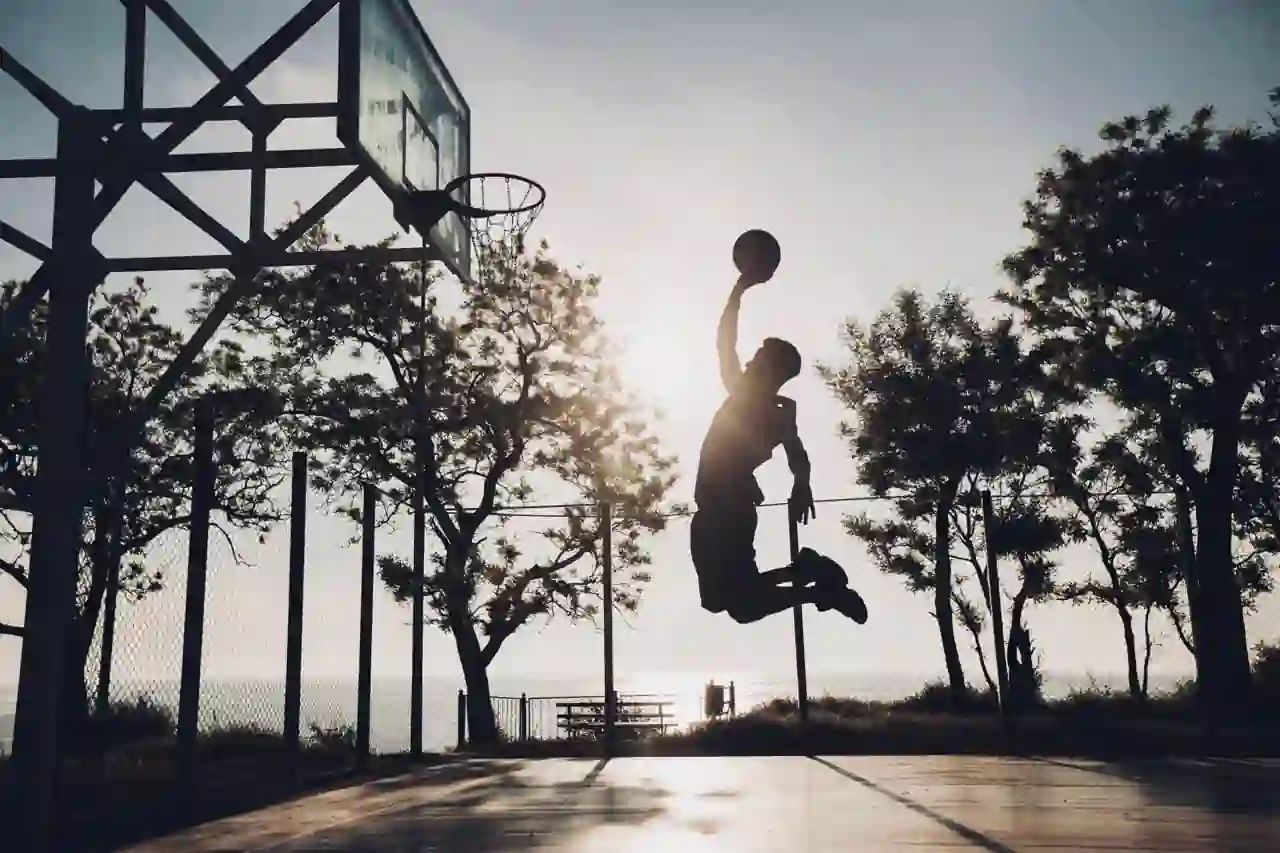Services of Sports Injuries

Schedule your appointment with us for expert care and support.
Book AppointmentMultiligament Injuries Management
Multiligament injuries involve damage to two or more of the knee's ligaments, often resulting from high-impact trauma or sports-related incidents. Managing these injuries requires a systematic comprehensive approach to restore knee stability and function. Multiligament injuries can severely impact mobility and quality of life, making timely and effective treatment crucial. Management typically includes a combination of surgical intervention, rehabilitation, and careful follow-up to ensure optimal recovery and prevent long-term complications.

Pre-Procedure Preparation
Before undergoing treatment for multiligament injuries, patients must complete several preparatory steps. A thorough evaluation, including a physical examination and review of medical history, helps determine the appropriate course of action. Imaging tests such as MRI or X-rays are used to assess the extent of the ligament damage and plan the surgical approach. Patients are given specific pre-operative instructions, which may involve fasting, discontinuing certain medications, and arranging transportation to and from the healthcare facility. Wearing comfortable, loose clothing on the day of the procedure is recommended for ease of post-operative care.
The Procedure
The management of multiligament injuries often involves a surgical procedure to repair or reconstruct the damaged ligaments. Anaesthesia is administered to ensure the patient's comfort during the surgery. The surgeon makes small incisions around the knee and uses arthroscopy, a minimally invasive technique, to visualize and address the ligament damage. Each injured ligament is repaired or replaced with a graft, which can be an autograft (from the patient) or an allograft (donor tissue). The grafts are secured using screws or other fixation devices. After the repairs are made, the incisions are closed with sutures or staples, and a bandage is applied to the knee.
Post-Procedure Care
Following the surgical intervention for multiligament injuries, the patient is monitored in a recovery room as the anaesthesia wears off. Pain and swelling are managed with medications and ice packs. Patients receive detailed instructions on wound care, medication use, and activity restrictions to promote healing and prevent complications. Crutches or a knee brace are often needed to protect the knee during the initial recovery phase. Common side effects include pain, swelling, and stiffness, but patients should be vigilant for signs of infection, blood clots, or graft failure. Regular follow-up appointments are essential for monitoring progress and addressing any concerns.
Recovery Timeline
Recovery from multiligament injuries typically spans several months, reflecting the complexity of the injuries and the surgical repair. The initial phase focuses on reducing swelling and regaining basic knee movement, taking approximately 2-4 weeks. Physical therapy is critical in restoring strength, stability, and range of motion, with a rehabilitation program tailored to the patient's specific needs. Full recovery, including the return to high-impact activities and sports, generally takes 10-12 months. Patients should gradually increase their activity levels and avoid strenuous activities until cleared by their healthcare provider. Adhering to the rehabilitation plan and attending all follow-up appointments are key to a successful recovery.
Conclusion
Effective management of multiligament injuries involves a combination of careful surgical intervention, thorough post-operative care, and dedicated rehabilitation. Success relies on proper preparation, adherence to care instructions, and active participation in the rehabilitation process. By following the guidelines provided by the healthcare team and maintaining open communication, patients can achieve a successful recovery and return to their regular activities with restored knee function and stability. The healthcare team is always available to answer questions and support patients throughout their recovery journey.
